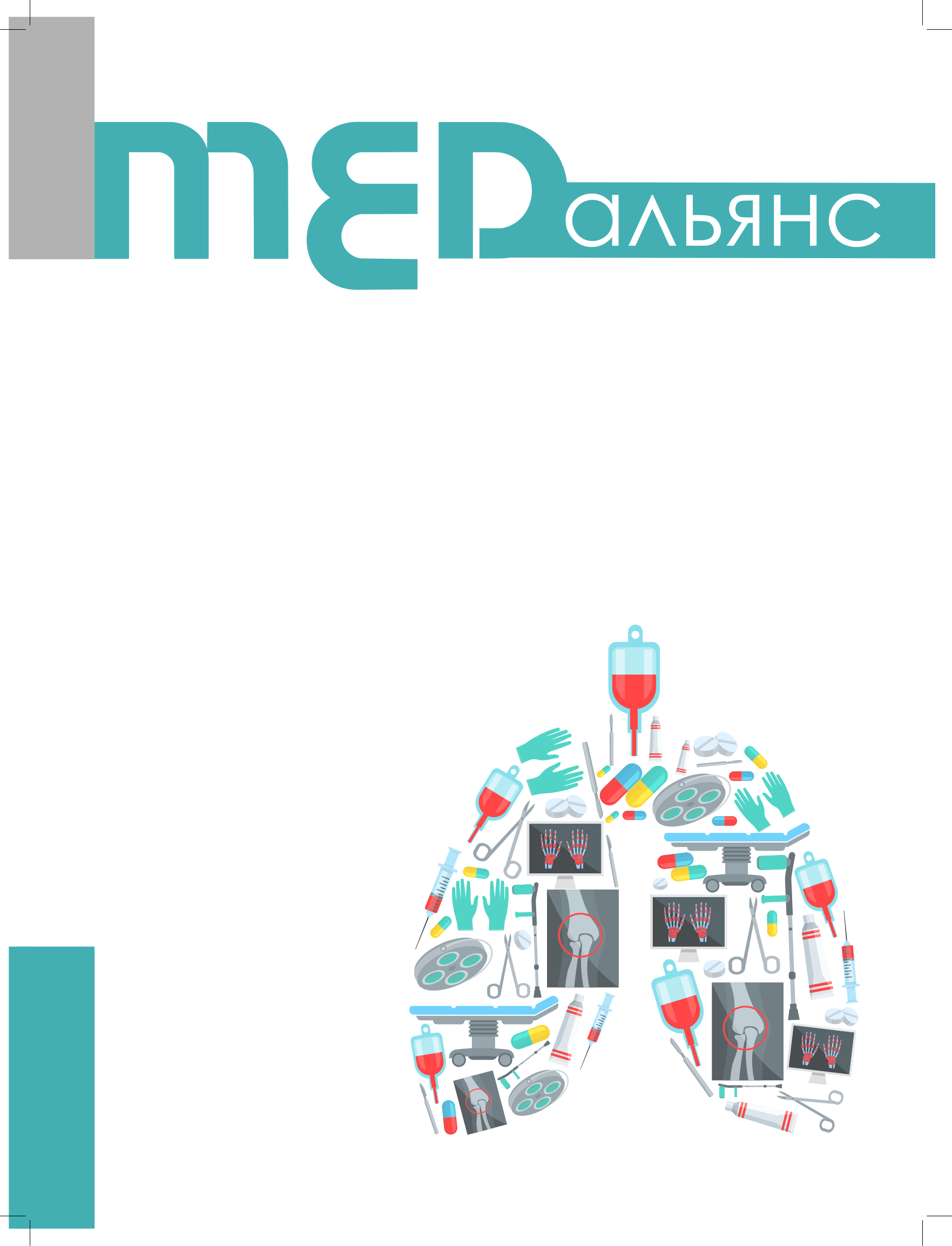Abstract
The aim is to develop and evaluate the clinical effectiveness of the artificial intelligence system for analyzing chest CT images, recognizing the leading signs of lung damage caused by coronavirus infection, and determining the damage volume.
Materials and methods. We used open source images for the model training and validation, including anonymized complete studies or separate axial sections of chest CT of patients with PCR confirmed coronavirus etiology of lung disease. Algorithm of the model included sequence as follows: axial sections of CT of the chest organs at the entrance, image segmentation into 4 classes, visualization and calculation of the area as a part (in%) occupied by each finding from the total area of the pulmonary fields in all sections available for analysis. In this work, we used a convolutional artificial neural network for segmentation of the form of an encoder-decoder, with a Feature Pyramid Network (FPN) decoder and an encoder based on the EfficientNet-B5 classification neural network. To increase the diversity of the training data set, as well as to protect the neural network model from retraining, input image transformations are used in the learning process.
Results. The neural network model with high accuracy (IoU 0.82-0.97) reveals diagnostic signs that determine the severity of lung damage with a new coronavirus infection, on axial sections of native computed tomography of the chest. The diagnostic accuracy of the model for determining the signs of interstitial and alveolar infiltration exceeds the accuracy of a novice radiologist and is comparable to a diagnostician in predicting the shape of pulmonary fields and the presence of pleural effusion. Findings. The model can be used as an effective intelligent radiologist assistant when working with CT studies of patients with suspected coronavirus
infection.

